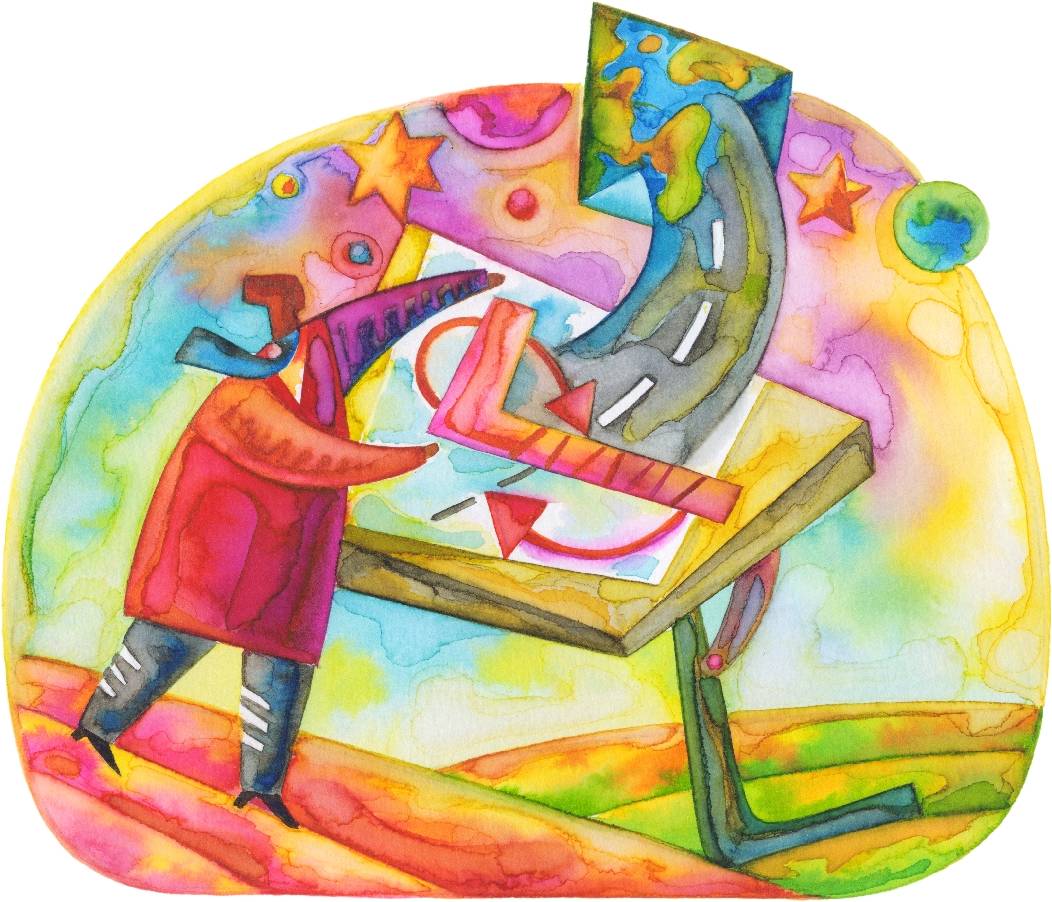Upon reading the title of this post, some of you are probably thinking, “Dave, don’t you have it backwards, aren’t we supposed help the customer solve their problems?”
Well, yes, absolutely! We are supposed to help our customers identify and address their problems. We want to help them see new opportunities, we want to help them achieve their goals, improve their operations, reach new customers.
But at the same time, our customers can be very helpful in solving some of our most critical problems, specifically: How do we most effectively and impactfully engage and work with them? How should we work with them to maximize the value we c0-create?
Most of the time when we think of our Go To Customer strategies, we assemble teams in our own organizations thinking: What are the right strategies, what’s the right deployment model, what are the right routes to market, what are the right programs, and on, and on? We spend endless hours in meetings, working on org charts, thinking about channels, marketing programs, and the hundreds of things we have to worry about in deploying our sales strategies. Add to this making sure we’ve balanced our investment/spending so everything we do is affordable.
Overlay this with marketing doing the same thing, customer service……..
Most often, each of these silos develop their customer engagement strategies in isolation. In the best of worlds, they may review them with each other, coordinating efforts in engaging the customer.
But usually it’s an inside out design. It focuses on what we want to achieve, how we want to engage, the things we want to inflict—I mean do, to engage our customers and prospects.
What if we inverted the inside out model, creating an outside in model, starting with the customers? What if we went to them, asking them how they would like to be engaged? What if we engaged them, learning how they learn, so we could teach them in the most appropriate ways.
What if we went to customers asking, “How would you like us to sell to you?” Many of us would shutter at the thought, thinking their response would be, “Leave us alone! We’ll call you when we need you!”
If our customers respond in that way, it tells us a lot about the effectiveness—rather ineffectiveness of our sales approaches.
But in my experience, customers really appreciate being engaged in this process. Particularly, if we are already major vendors to them. They have a vested interest in our selling and supporting them well. If we are major vendors, we’ve been creating some value with them. They want to make sure we continue to be engaged, but in the ways that are most helpful to them.
Engaging our customers in designing our marketing, sales, customer service, and customer experience programs is very powerful in extending our relationships.
We probably don’t design a custom approach for each customer, but we incorporate their ideas and interests into our designs.
There are some magic things that happen in this process.
In the inside-out process, virtually 100% of the time we get it wrong. So we iterate, revise, adapt—all the time inflicting customers with all this change. Naturally, we lose business opportunities. Even if our customers are patient and hang in there, we waste a lot of time, resource, money in the false steps we make.
Engaging customer in the design, reduces the chance we get it wrong. After all, we are doing what the customer tells us would drive the best value creation and relationships. We’re more likely to be right with our initial designs–possibly refining them slightly as both we and the customers learn more.
The other really magical thing is the customers design is almost always a less complicated and less expensive approach. The inside out approach–since we don’t know what the customer wants, almost always is overdesigned, too complex and more expensive. We’re all concerned with the costs of customer acquisition and support. Having the customer help us solve these problems will almost always drive a higher impact, lower cost than anything else we can do.
As you think of new initiatives, go to customer strategies, deployment strategies, or programs consider adding customers to your design team. They will assure we come up with the most effective and impactful approach possible. And they’ll have a vested interest in our shared success in executing the strategy.

One of IBM’s great strengths was their CUGs, as a competitor I saw time and time again that they had deeper, wider relationships with customers, groups, sectors and industries.
You have highlighted a KEY part of Customer-Sales relationships, thanks Dave.
[Love your use of ‘CO-creation’, sexy!]
Good stuff, Dave.
Effectively surveying your [segmented] customers is an eye-opening way to find out what you’re doing right, wrong, and not at all. It’s also a window into your customer’s thinking, and what company wouldn’t want that kind of insight?
I make a point to mention that customer surveys should be segmented, and the best way to do that is dictated by the nature of your company’s business, for example, it might make sense to segment by market served, products used, annual revenue or any number of other factors.
This is so critical to our process that it defines the nature of our recommendations as we map out our client’s marketing and engagement strategy. Activities like this are not one-and-done events, but an ongoing conversation/collaboration between your company and your customers, especially when you take what you’ve learned and go back to your customers with their recommendations reflected in your process.
Email marketing and marketing automation tools like Constant Contact and HubSpot have baked in survey features that enable you to ask a question or two with every educational email you send out as a way of continually giving customers a channel to voice their opinion and improve your process.
Don, my apologies for the delay in responding to your comment. Thanks for the great input on leveraging surveys more effectively. Regards, Dave